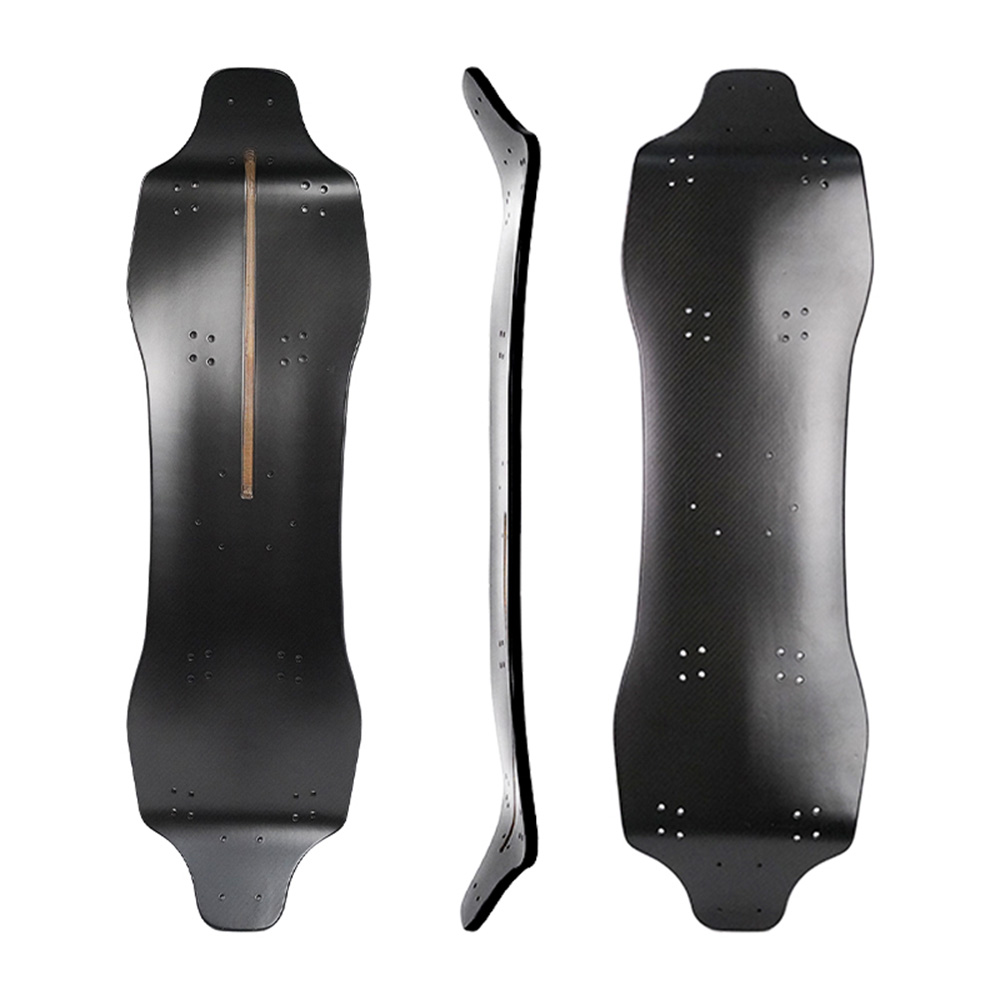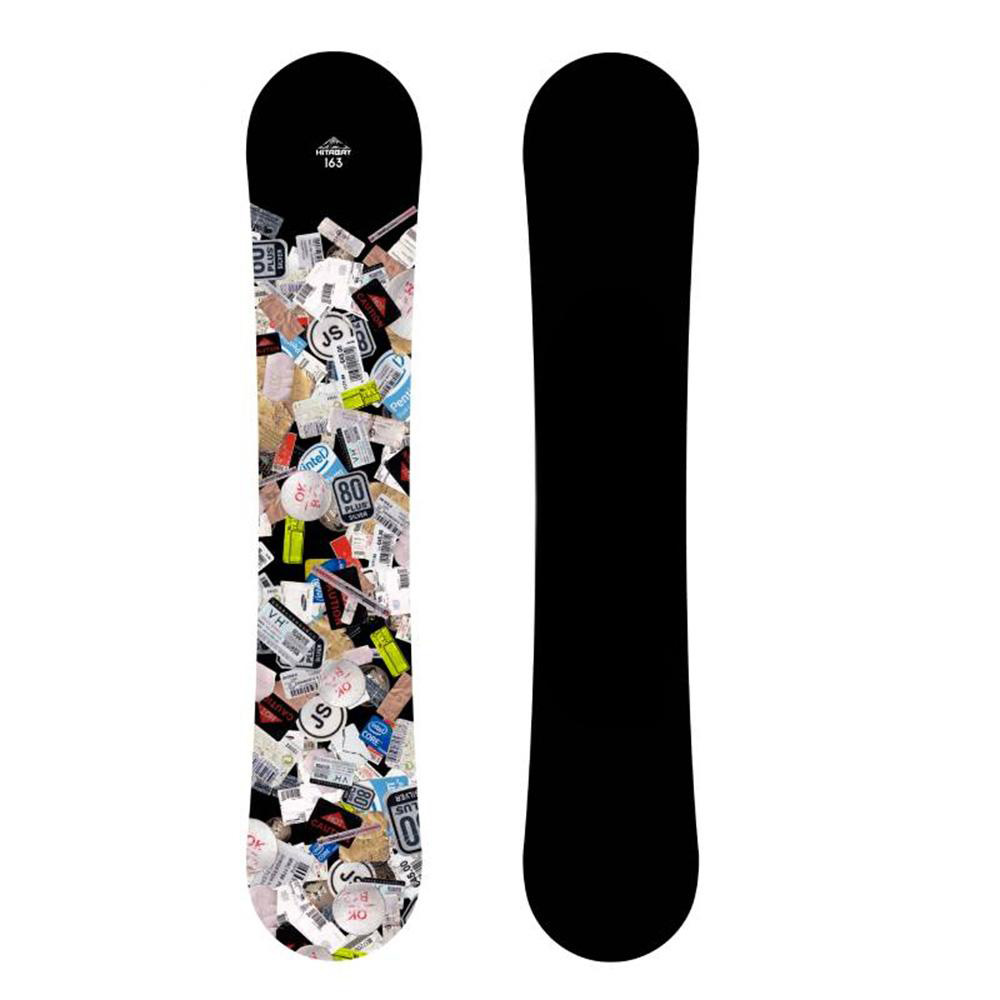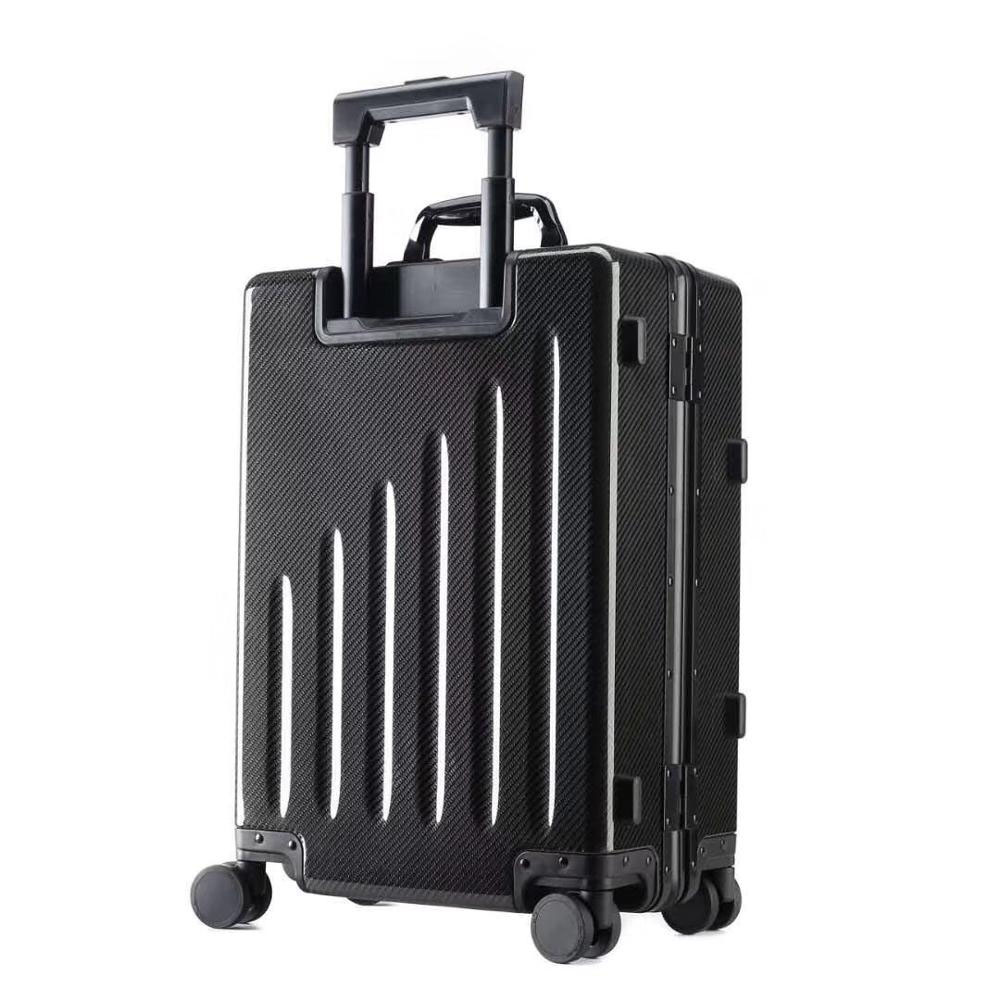
Composite Manufacturing: The Ultimate Guide to Processes, Materials, and Applications
What is Composite Manufacturing?
Composite manufacturing is the process of creating strong and lightweight materials by combining two or more distinct substances. These materials work together to deliver superior performance compared to their individual components.
Defining Composites: Materials Engineered for Superior Performance
A salikts is made from at least two base materials. One provides strength (the šķiedra) and the other binds everything together (the matrix vai sveķi). By combining them, engineers achieve properties that neither material has on its own.
Core Components: Fibers, Resins, and the Synergy Effect
- Fibers: Usually carbon, glass, or aramid. They provide tensile strength and stiffness.
- Resins: Epoxy, polyester, or vinyl ester. They distribute loads and protect fibers from damage.
- Synergy Effect: Together, fibers and resins create a structure that is stronger, lighter, and more durable.
Why Choose Composite Manufacturing? The Key Benefits
Composite manufacturing offers a wide range of advantages that make it a preferred choice across industries.
Unmatched Strength-to-Weight Ratio
Composites are much lighter than metals but can match or even exceed their strength. This makes them perfect for industries where performance and efficiency are critical.
Design Freedom and Complex Geometries
Composites can be shaped into almost any design. This flexibility allows engineers to create aerodynamic structures, ergonomic designs, and unique shapes that are difficult with metals.
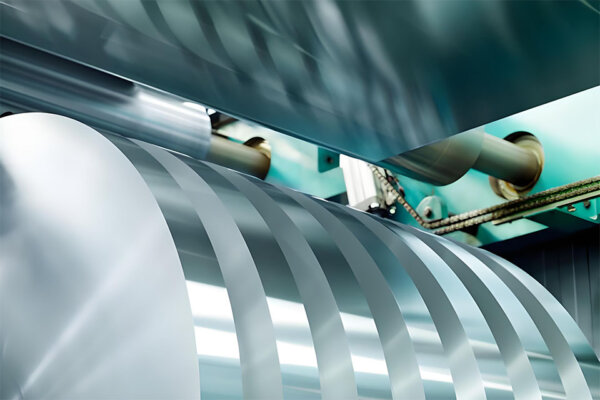
Exceptional Durability and Environmental Resistance
- Izturība pret koroziju: Composites do not rust like steel or aluminum.
- Fatigue resistance: They maintain performance even after repeated stress cycles.
- Weather resistance: They withstand UV, moisture, and temperature extremes.
Specialized Properties: From Radiolucency to Thermal Stability
- Radiolucent: Used in medical imaging because they do not block X-rays.
- Thermally stable: Perform well in both high and low temperatures.
- Non-conductive: Useful in electrical and electronic applications.
Industries Transformed by Composite Manufacturing
Aerospace & Defense: Demanding Performance in Extreme Environments
Aircraft structures, satellites, and defense systems use composites for weight reduction, fuel efficiency, and extreme durability.
Automotive & Motorsports: Driving Efficiency and Speed
- Lightweight body panels improve speed and fuel economy.
- Crash structures absorb energy better than metals.
Medical & Healthcare: Enabling Advanced Imaging and Patient Care
Composites are used in prosthetics, surgical instruments, and imaging equipment because of their radiolucency and lightweight properties.
Renewable Energy, Robotics, and Beyond
- Vēja turbīnu lāpstiņas rely on composites for efficiency.
- Robotics use them for lightweight yet strong arms and frames.
A Deep Dive into Composite Manufacturing Processes
Open Molding Methods: Hand Lay-Up and Spray-Up
- Hand Lay-Up: Layers of fiber are placed by hand and coated with resin.
- Spray-Up: Chopped fibers and resin are sprayed into a mold.
Closed Molding Methods: RTM, Vacuum Infusion, and Compression Molding
- Resin Transfer Molding (RTM): Resin is injected into a closed mold.
- Vakuuma infūzija: Resin is pulled into fibers under vacuum pressure.
- Saspiešanas formēšana: Fibers and resins are pressed under heat and pressure.
Advanced Automated Processes: Prepregs, ATL/AFP, and Filament Winding
- Prepregs: Fibers pre-impregnated with resin for precision.
- ATL/AFP: Automated tape or fiber placement.
- Filamentu uztīšana: Fibers are wound onto a mandrel in set patterns.
Continuous Processes: Pultrusion and Additive Manufacturing (3D Printing)
- Pultrusion: Continuous process for beams, rods, and profiles.
- Additive Manufacturing: 3D printing with composite filaments.
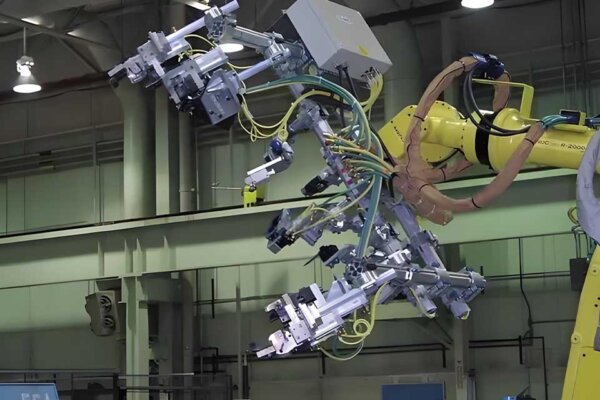
How to Choose the Right Composite Manufacturing Process
Key Decision Factors: Volume, Part Size, Budget, and Performance Needs
- Skaļums: Low-volume = hand lay-up, high-volume = automated processes.
- Part size: Large parts = infusion methods, small parts = compression molding.
- Budžets: Hand methods are cheaper but slower. Automated methods are costlier but faster.
- Performance: Aerospace demands high precision; consumer goods may not.
Comparing Open vs. Closed Molding: A Quick Guide
| Faktors | Open Molding | Closed Molding |
|---|---|---|
| Izmaksas | Low setup cost | Higher setup cost |
| Precizitāte | Mērens | Augsts |
| Skaļums | Zems līdz vidējs | Medium to high |
| Surface Finish | One-sided finish | Two-sided finish |
The Composite Manufacturing Workflow: From Concept to Production
Phase 1: Concept and Design Engineering
- Define material needs
- Create CAD models
- Run structural analysis
Phase 2: Prototyping and Validation
- Build early samples
- Test performance
- Adjust designs
Phase 3: Pre-Production and Testing
- Create pilot batches
- Conduct rigorous quality checks
Phase 4: Full-Scale Production and Quality Assurance
- Launch mass production
- Ensure ongoing inspections
- Maintain quality certifications
Carbon Fiber vs. Aluminum: Which Material is Right for You?
Performance Comparison: Weight, Strength, and Stiffness
| Īpašums | Oglekļa šķiedra | Alumīnijs |
|---|---|---|
| Svars | Šķiltavas | Smagāks |
| Spēks | Higher strength-to-weight | Good, but lower |
| Stīvums | Ļoti stīvs | Less stiff |
| Korozija | Resistant | Prone to corrosion |
Application-Based Decision Making
- Choose carbon fiber for aerospace, motorsports, and medical devices.
- Choose aluminum for cost-sensitive, high-volume applications.
Tip: Uzzini vairāk par carbon fiber vs aluminum.
Partner with Composite Manufacturing Experts
Leveraging Vertical Integration for Quality and Efficiency
Working with a vertically integrated manufacturer ensures control over design, tooling, and production, leading to better quality and faster delivery.
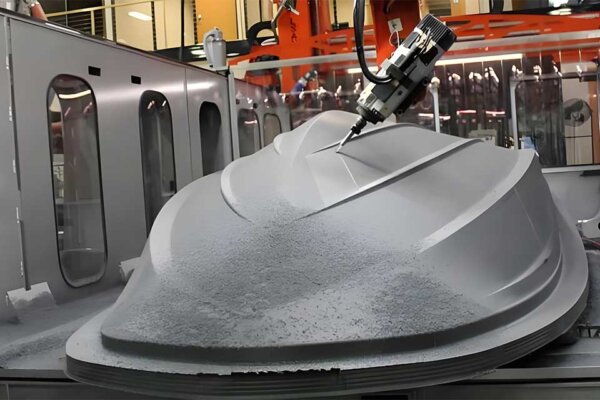
Your Vision, Our Expertise: Collaborative Engineering Solutions
From prototyping to production, expert teams help translate your concept into finished composite products.
Explore trusted oglekļa kompozītu ražotāji for tailored solutions.
Frequently Asked Questions About Composite Manufacturing
What is the difference between carbon fiber and fiberglass?
- Oglekļa šķiedra: Higher strength and stiffness, more expensive.
- Stikla šķiedra: Lower cost, good durability, easier to produce.
What are the advantages of composites over traditional metals?
- Vieglāks svars
- Higher strength-to-weight ratio
- Better resistance to corrosion and fatigue
How do I get started with a custom composite project?
Start by defining your needs, then consult a specialist.
Get started with pielāgoti oglekļa šķiedras risinājumi for your project.

